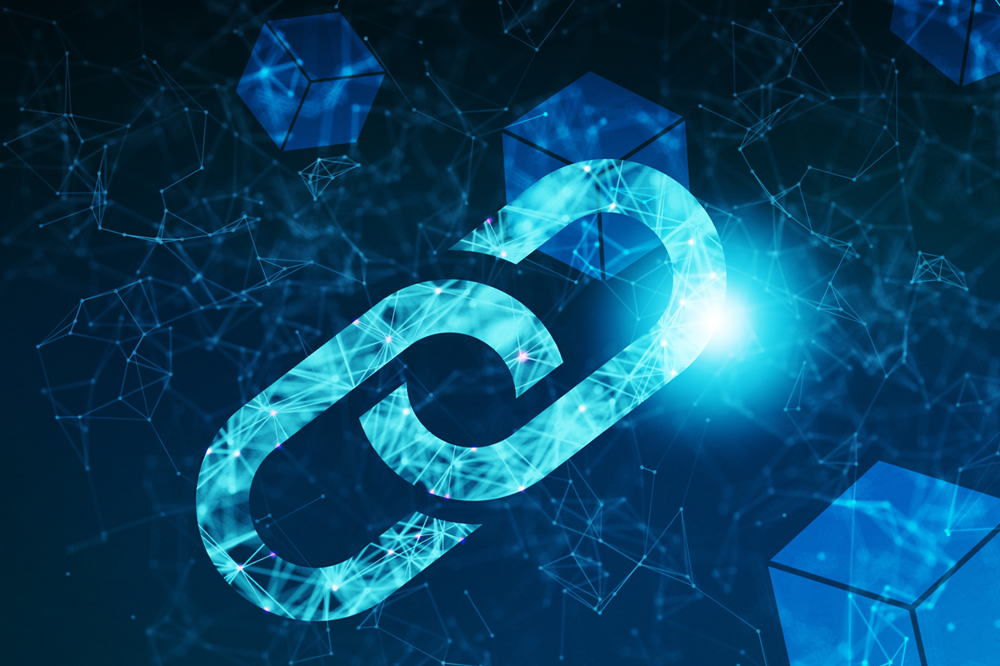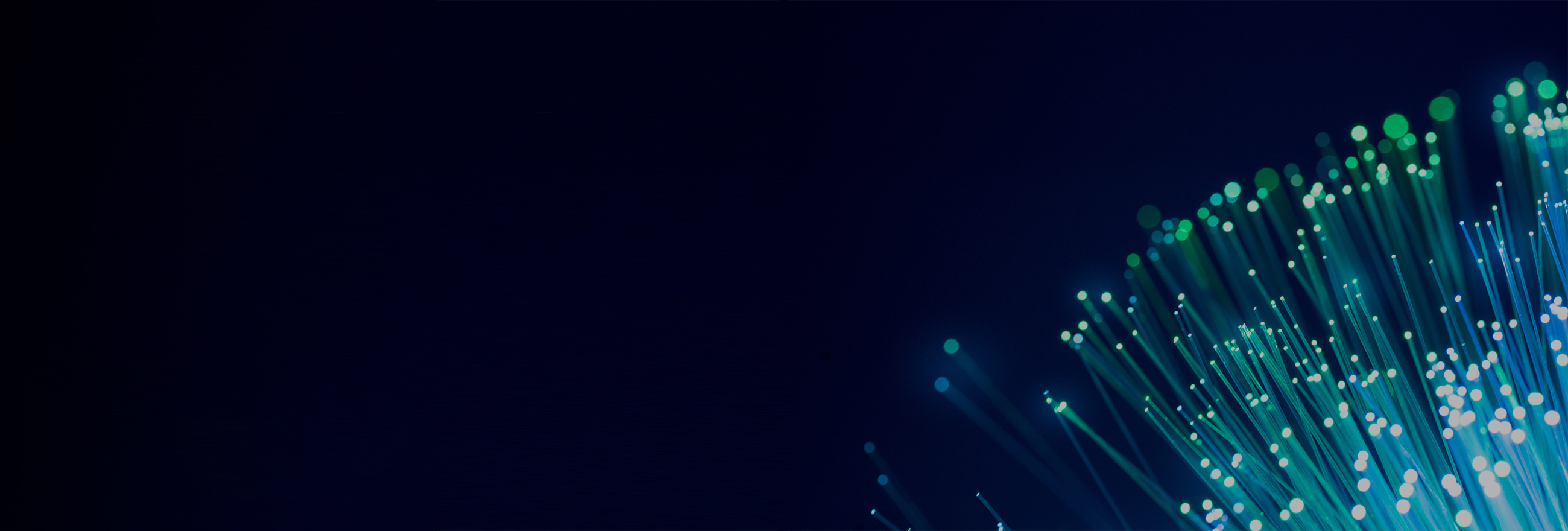Consolidation: We will see increased collaboration through consolidation as companies come together to combine resources, technology and expertise for greater efficiency, innovation and growth. This will include consolidation of fintech platforms, particularly in the digital trade space. We may also see more disputes in relation to collaborations in 2023 where changes in market demand, competitor activity, and legal frameworks strain existing partnerships, or where regulatory action occurs.
Digital assets: Recently we have seen how volatile the digital asset ecosystem can be. As fallout continues from last year's raft of collapses of crypto exchanges, investors and miners, we will see a continuation of investor class actions, challenges to arbitration agreements, and satellite litigation from bankruptcy and insolvency proceedings. Going forward, we will see greater due diligence into counterparties and potential acquisition targets, as well as a move from more established market participants away from volatile products in favour of increasingly sophisticated distributed ledger technology (DLT) financial markets infrastructure projects.
Digital capital markets: We will see continued exploration of how DLT might transform the issuance, trading and settlement of debt securities and the development of regulatory initiatives to stimulate the use of DLT in financial services. Expect a number of projects under regulatory pilot regimes and sandboxes, and a global increase in digital bond issuances.
For more, see Fintech Trends 2023 and Crypto Litigation & Arbitration - Trends to Watch in 2023.

 Clifford Chance
Clifford Chance














